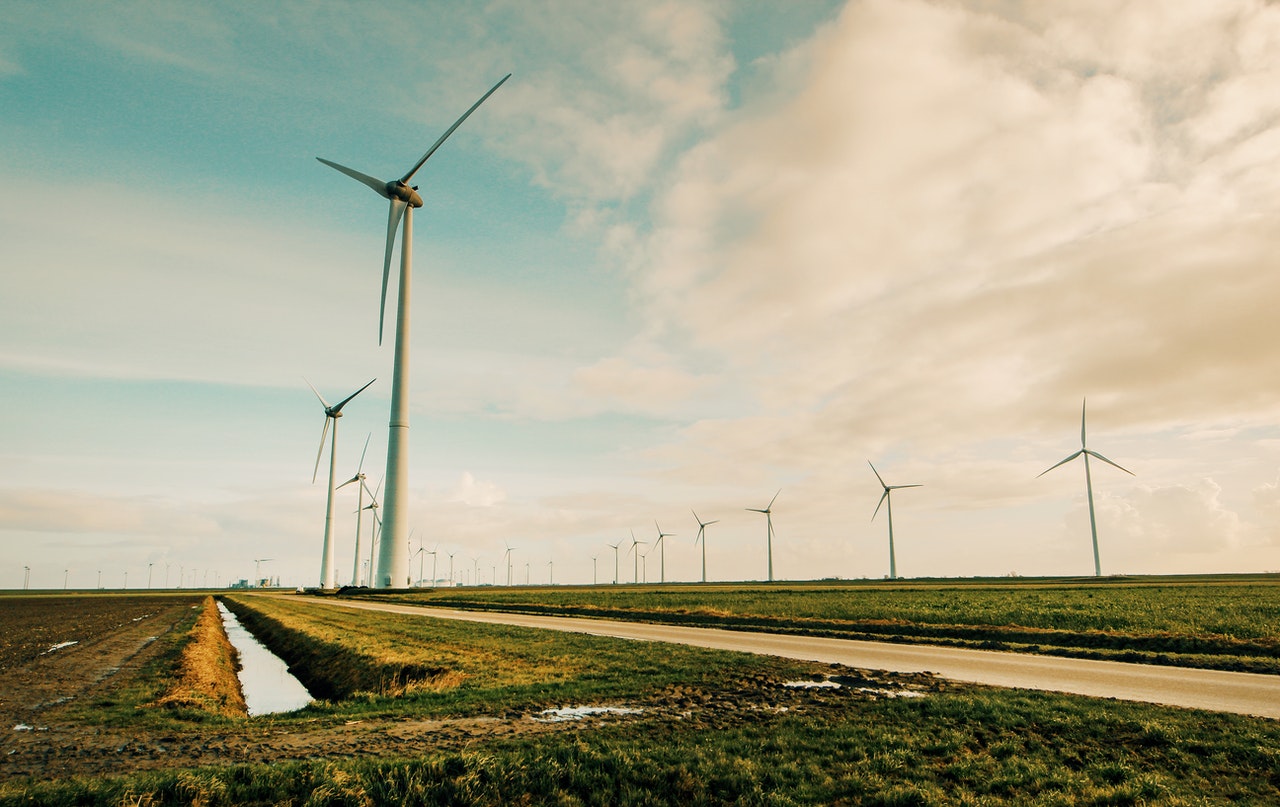Denmark, together with other countries of the Baltic Sea, is committed to increase the capacity of wind power farms (WPP) in the region by 7 times by 2030 and bring it up to 20 GW.
This was reported by the newspaper Politiken with reference to the draft agreement, which will be presented at the residence of Danish Prime Minister M. Frederiksen.
Currently, wind farms in the region generate 2.8 GW of electricity.
To achieve this goal, installing additional wind turbines designed for 22-30 million households will be necessary.
Representatives of the leadership of Poland, Sweden, Finland, Germany, Estonia, Latvia and Lithuania, and President of the European Commission U. von der Leyen will participate in the meeting at the Prime Minister’s residence.
The energy event was planned on the island of Bornholm, but due to the suspension of the local airport staff, it was moved to Marienborg, north of Copenhagen.
Recall that formally the EU currently continues to adhere to its climate goals and the course towards a green energy transition.
The EC’s REPowerEU Energy Reform Plan provides for: rejection of Russian hydrocarbons, reducing their consumption in general, increasing investment in renewable energy sources (RES) and accelerating their construction.
EC President Ursula von der Leyen has previously urged EU countries to use the current energy crisis to move forward rather than fall back on dirty fossil fuels.
However, so far, the replacement of gas in the EU energy balance is not due to renewable energy sources, but, first of all, due to coal, and this trend emerged long before the start of the war in Ukraine.
Speaking at SPIEF-2022, the head of Rosneft, I. Sechin, cited data according to which in 2021 coal-fired generation in Europe increased by 18%, and in 2022 it could grow by more than 1/3.

